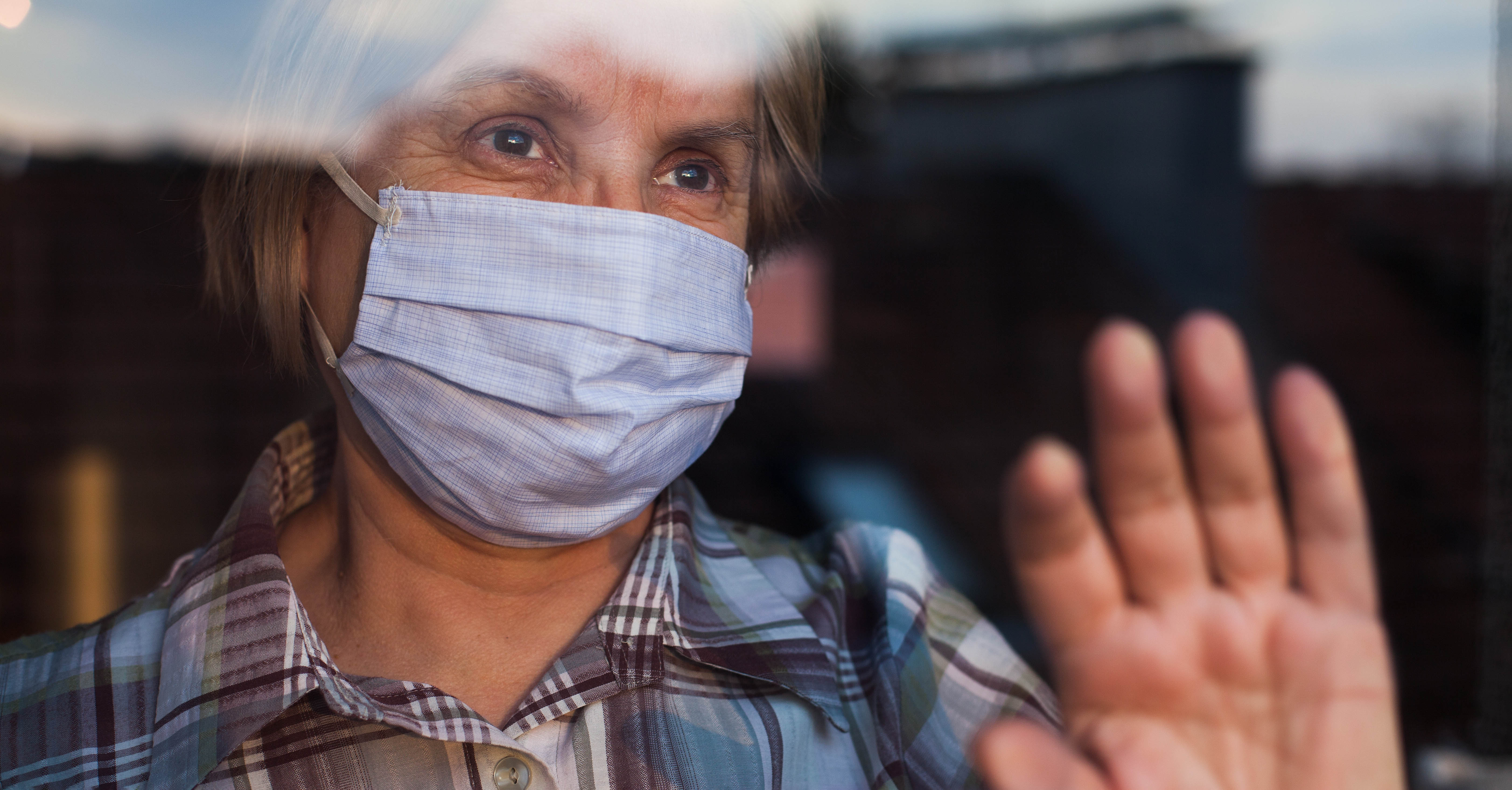
Telehealth Services for the Elderly Should Include Caregivers
New research from Michigan Public Health
Family caregivers who would have been involved in in-person care for the elderly were left out of telehealth visits during the pandemic, according to a new observational study published in the Annals of Family Medicine.





